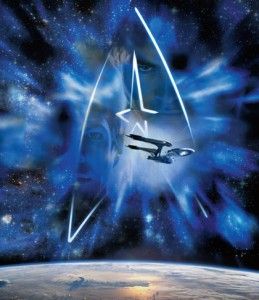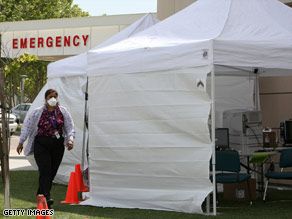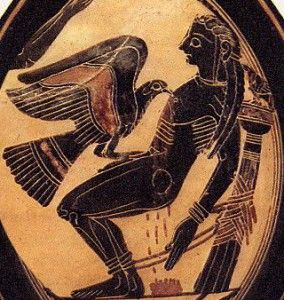May 30, 2009
Create an AI on Your Computer
Posted by Seb in categories: complex systems, human trajectories, information science, neuroscience, robotics/AI, supercomputing
Singularity Hub
Create an AI on Your Computer
Written on May 28, 2009 – 11:48 am | by Aaron Saenz |
If many hands make light work, then maybe many computers can make an artificial brain. That’s the basic reasoning behind Intelligence Realm’s Artificial Intelligence project. By reverse engineering the brain through a simulation spread out over many different personal computers, Intelligence Realm hopes to create an AI from the ground-up, one neuron at a time. The first waves of simulation are already proving successful, with over 14,000 computers used and 740 billion neurons modeled. Singularity Hub managed to snag the project’s leader, Ovidiu Anghelidi, for an interview: see the full text at the end of this article.
The ultimate goal of Intelligence Realm is to create an AI or multiple AIs, and use these intelligences in scientific endeavors. By focusing on the human brain as a prototype, they can create an intelligence that solves problems and “thinks” like a human. This is akin to the work done at FACETS that Singularity Hub highlighted some weeks ago. The largest difference between Intelligence Realm and FACETS is that Intelligence Realm is relying on a purely simulated/software approach.
Which sort of makes Intelligence Realm similar to the Blue Brain Project that Singularity Hub also discussed. Both are computer simulations of neurons in the brain, but Blue Brain’s ultimate goal is to better understand neurological functions, while Intelligence Realm is seeking to eventually create an AI. In either case, to successfully simulate the brain in software alone, you need a lot of computing power. Blue Brain runs off a high-tech supercomputer, a resource that’s pretty much exclusive to that project. Even with that impressive commodity, Blue Brain is hitting the limit of what it can simulate. There’s too much to model for just one computer alone, no matter how powerful. Intelligence Realm is using a distributed computing solution. Where one computer cluster alone may fail, many working together may succeed. Which is why Intelligence Realm is looking for help.
The AI system project is actively recruiting, with more than 6700 volunteers answering the call. Each volunteer runs a small portion of the larger simulation on their computer(s) and then ships the results back to the main server. BOINC, the Berkeley built distributed computing software that makes it all possible, manages the flow of data back and forth. It’s the same software used for SETI’s distributed computing processing. Joining the project is pretty simple: you just download BOINC, some other data files, and you’re good to go. You can run the simulation as an application, or as part of your screen saver.
 A younger science than physics, biology is more linear and less exotic than its older sibling. Whereas physics is (mostly) elegant and symmetric, biology is lunging and ungainly, bound to the material and macroscopic. Its predictions are more specific, its theories less sweeping. And yet, in the end, the exploration of life is the frontier that matters the most. Life gives meaning to all elegant theories and contraptions, life is where the worlds of cosmology and ethics intersect.
A younger science than physics, biology is more linear and less exotic than its older sibling. Whereas physics is (mostly) elegant and symmetric, biology is lunging and ungainly, bound to the material and macroscopic. Its predictions are more specific, its theories less sweeping. And yet, in the end, the exploration of life is the frontier that matters the most. Life gives meaning to all elegant theories and contraptions, life is where the worlds of cosmology and ethics intersect.

